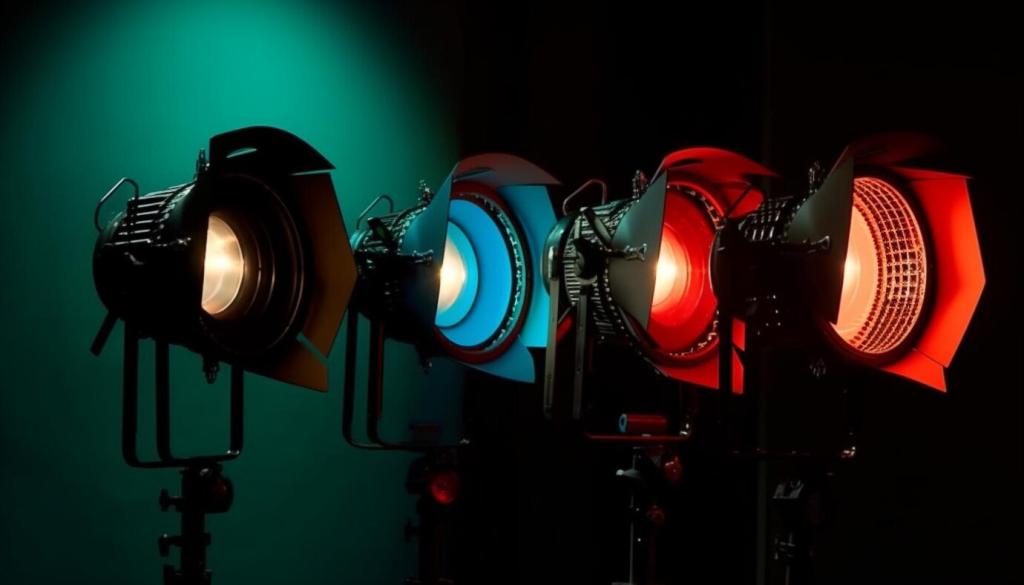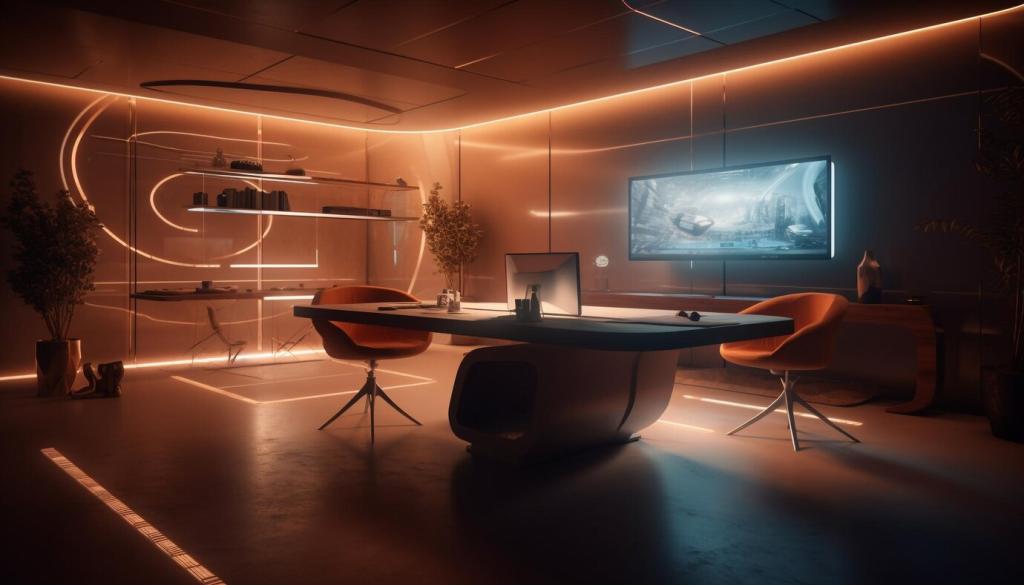Scandinavian Pendant Lighting Designs
Discover the understated elegance and contemporary charm of Scandinavian pendant lighting. Guided by the principles of simplicity, functionality, and harmony, Scandinavian lighting designs offer both beauty and practicality, transforming any space into a warm, inviting haven. From kitchen islands to cozy reading nooks, the right pendant light weaves together form and function, making it an essential element of Nordic-inspired interiors. Explore how Scandinavian pendant lighting can illuminate your home with style and grace.
Minimalism Refined
Minimalism lies at the heart of Scandinavian pendant lighting. Each fixture is thoughtfully crafted with restrained forms and subtle details, rejecting excess in favor of what’s essential. The result is lighting that never overwhelms a room, instead offering a quiet, concentrated beauty. Pendant lights maintain a sense of airiness, encouraging an unobtrusive yet remarkably stylish ambiance that feels effortless but is meticulously curated.
Functionality and Form
Functionality is paramount in Nordic lighting design. Pendant lights are engineered not just to beautify a room but to enhance its usability. Every aspect, from the adjustable cords to the spread of light, is designed with the end user in mind. Thoughtful engineering ensures that these fixtures provide both direct and ambient lighting, catering to various tasks and moods. This practical approach ensures that each light meets everyday needs while still acting as a striking visual element.
Nature-Inspired Materials
Natural materials, such as wood, glass, and metal, define the Scandinavian lighting palette. Designers draw inspiration from the surrounding landscape, incorporating organic textures and muted tones to create warmth and comfort. Pendants often feature timber accents or frosted glass shades that diffuse light softly, reflecting the region’s appreciation for nature and its commitment to environmental responsibility.
Clean, Geometric Shapes
Geometric shapes capture the essence of Scandinavian design by balancing artistry and order. Spheres, cones, and cylinders are commonly found, with each element contributing a sense of structure without appearing rigid. These shapes allow pendant lights to become sculptural focal points, attracting attention through their purity, proportion, and balance, while never feeling out of place in a thoughtfully designed interior.
Muted, Neutral Tones
Neutral tones, such as soft whites, gentle greys, and earthy beiges, dominate Scandinavian pendant lighting palettes. This color scheme serves to unify the space, making it easy to pair pendant lights with various color schemes and materials. The subtlety of these hues soothes the eye and enhances natural light, creating an environment where tranquility reigns and the impact of design is felt rather than overtly seen.
Layered lighting is a key technique in Scandinavian design, where various light sources work together to create balance and depth. Pendant lights typically serve as a centerpiece, providing focal illumination while allowing for layering with wall lights, floor lamps, or natural daylight. This approach ensures that every corner of a space is both functional and aesthetically pleasing, catering to both daytime and nighttime needs throughout the year.

Popular Scandinavian Pendant Lighting Styles
Mid-Century Modern Influence
Mid-century modern style is deeply rooted in Scandinavian pendant lighting, characterized by organic forms and innovative materials. Influential designers like Poul Henningsen and Arne Jacobsen introduced iconic silhouettes that remain sought after today. These lights offer a harmonious blend of vintage nostalgia and modern practicality, enriching interiors with a subtle retro flair that never feels outdated.
Industrial Minimalism
Industrial minimalism offers a contemporary twist on classic Scandinavian lighting design. Exposed bulbs, metal shades, and raw finishes bring an edge to the standard clean look, allowing for a bold yet understated statement. These fixtures are particularly well suited to lofts, kitchens, or commercial spaces, where a sense of urban sophistication pairs naturally with Nordic restraint.
Contemporary Organic Forms
Contemporary designers continue to push boundaries, favoring fluid, organic shapes that mimic nature. Undulating forms, asymmetry, and innovative use of materials define this forward-thinking approach. The result is pendant lighting that feels alive, capturing the spirit of Scandinavian ingenuity and sustainable innovation in ways that speak to today’s environmentally conscious consumers.
Wood’s Warm Serenity
Wood remains a cherished material in Scandinavian lighting, offering a touch of rustic warmth even in the sleekest of designs. Whether incorporating pale birch or rich oak, artisans carefully select and shape their materials to highlight the natural grain. The resulting pendants feel organic, grounding interiors with a sense of authenticity and an enduring connection to nature.
Domed and Blown Glass
Glass is another foundational element, favored for its ability to diffuse light evenly and create atmosphere. Scandinavian designers excel at employing both frosted and clear varieties, sometimes blending them within a single fixture. Masterful glass blowing techniques allow for delicate shapes and flawless finishes that elevate pendant lighting from functional necessity to artful centerpiece.
Metal’s Sleek Versatility
Metals such as aluminum, brass, and copper bring sleek sophistication to various pendant designs. These elements enable clean lines and subtle shine, complementing minimalist aesthetics while offering unparalleled durability. Artisans may finish metals with matte coatings or gentle patinas, ensuring each pendant retains its beauty for years without dominating the visual field.
Placement and Installation Tips
Ideal Heights and Spacing
Proper height is critical for pendant lighting to function effectively and look cohesive. In dining rooms, pendants should generally hang low enough to create intimacy without obstructing sightlines, while kitchen lighting requires careful spacing to evenly illuminate work surfaces. Meticulous attention to proportions guarantees both usability and aesthetic appeal, showcasing pendants as intentional features within the room.
Enhancing Focal Points
Pendant lighting serves as a valuable tool for highlighting specific areas in a space, guiding the eye and defining focal points. Whether drawing attention to a beautifully set table, a striking piece of art, or a cozy reading corner, thoughtful placement magnifies the impact of both lighting and the surrounding décor. This strategy underscores the design philosophy that every element should serve a purpose.
Wiring and Mounting Considerations
Safe, professional installation is essential for both performance and longevity. Scandinavian pendant lights often offer adjustable cords or modular components to simplify integration into existing electrical systems. Proper mounting hardware ensures stability, while attention to wiring accommodates dimmers or smart controls. Investing in quality installation preserves aesthetics and guarantees reliable performance for years to come.

